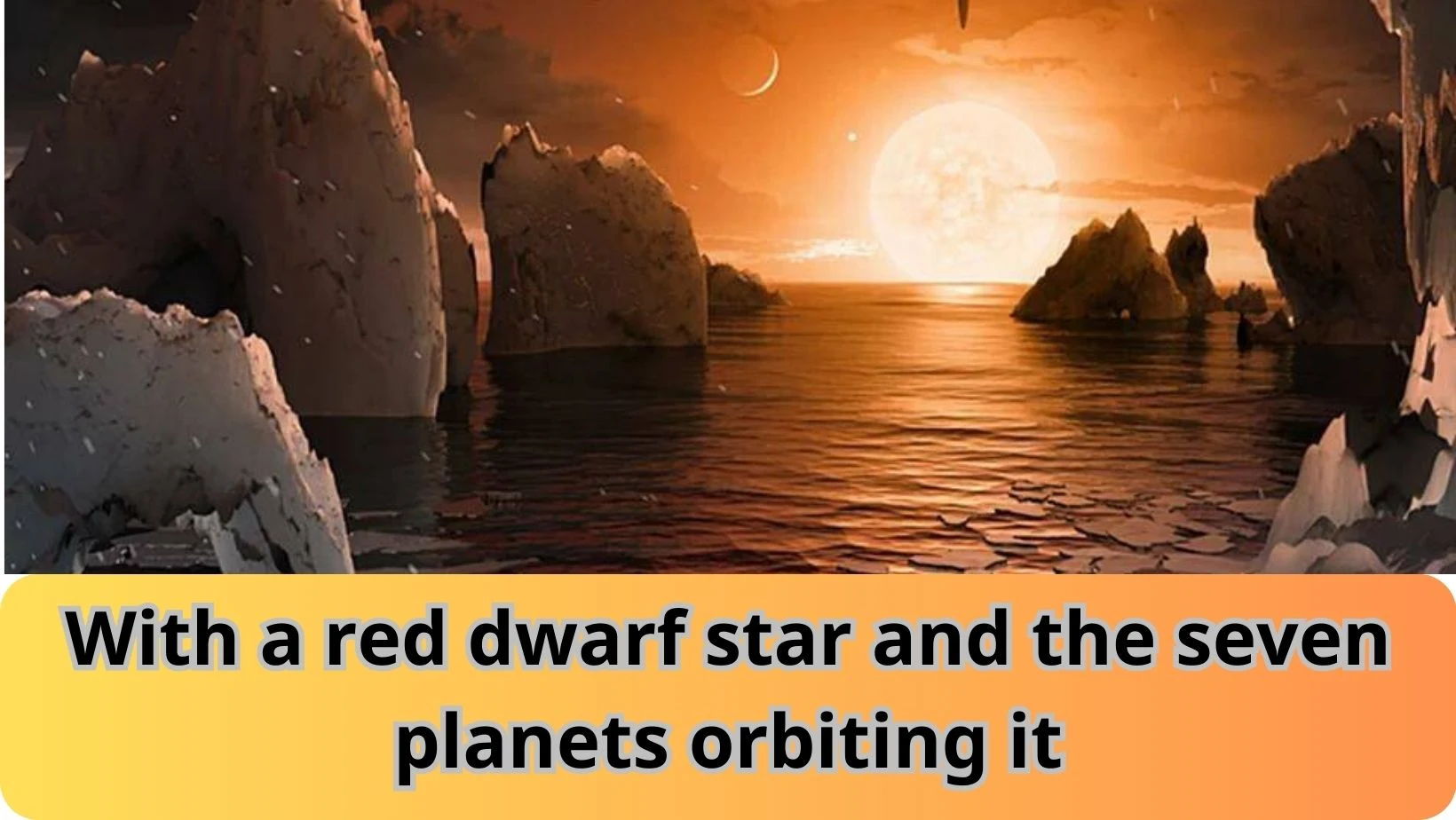Are we alone in this universe?
The answer might be too close!
Hopes of finding life in the judiciary outside our Milky Way were revived
by the announcement by astronomers on February 22, 2017
that the star "Trapest-1", orbiting seven Earth-like planets.
At a special :
press conference at NASA headquarters
these scientists announced the first discovery of a "solar system"
consisting of seven Earth-sized planets orbiting one star.
Three of :
- the planets in this system are certainly located in the area suitable
- for the emergence of forms of life, i.e. the star provides these
- planets with the right conditions.
These planets are described as neither too hot nor too cold :
- and the temperature on their surface makes water, if available, in liquid form.
- Exciting that astronomers do not rule out the possibility of
- finding liquid water on all seven planets.
Astronomers :
and experts in this field confirm that :
such discoveries bring humanity closer to answering the urgent question that
has lingered ever since: "Are we alone in this universe?
The seven-planet system :
is located in the Aquarius constellation 39 light years from Earth, a distance of
more than 300 trillion kilometers. The seven planets orbit the red dwarf
dubbed the "Trapest-1", timed by the telescope "Trapest"
located in Chile and the newest of the European Southern Observatory
by which the planets were first seen in December 2015 and were thought to
number only three, and later increased to the "magic" figure of seven.
Customers have found that the planets discovered in Trapest-1 are similar in size to
Earth or Venus :
and that all seven planets can be in
the viable area, but this is not definitively proven.
By analogy with Earth :
liquid oceans are the main prerequisite for the emergence and development of life
and scientists consider the Trapest-1 system to be of primary interest
as a reference point for the search for extraterrestrial planets suitable
for human life, and possibly for the existence of life forms in space.
The importance of "Trapest-1"
is that it is the first known planetary system of humans
with seven rocky planets in that one. The formations of
"Trapest-1", with a red dwarf star and the seven planets orbiting it, may indicate
the need to search for Earth-like planets, as well as aliens, precisely in such stars.
The red dwarf star "Trapest-1":
This star does not resemble the Sun, a red dwarf containing only 8% of
the Sun's mass, its size slightly larger than Jupiter, as all seven planets in
the system orbit near "Trapeist-1" in an orbit closer to Mercury for the Sun
which ensures favourable conditions for life due to the relatively
poor brightness of the mother star, described as 2,000 times less than our Sun.
The information available about
these planets in scientists so far is exciting and surprising One year
has a little more than a day and a half of Earth, And other planets in
this group finish one cycle around the mother star in a time of
4 to 73 days. It is also believed that the planets in this group are likely
to be like the moon in our galaxy, facing one side always "mother star."
Belgian astronomer Michael Guillón is optimistic to learn more about this
planetary group, which is described as extremely remarkable
stressing in this context that what he has discovered is just the beginning.





Comments
Post a Comment